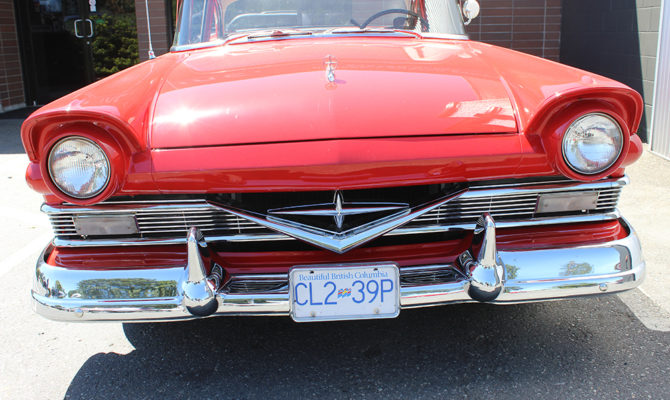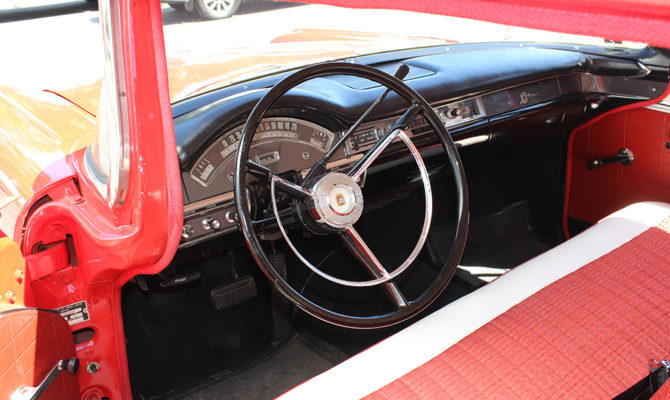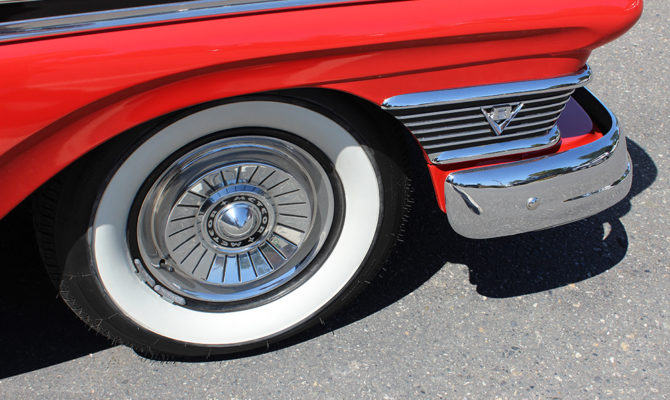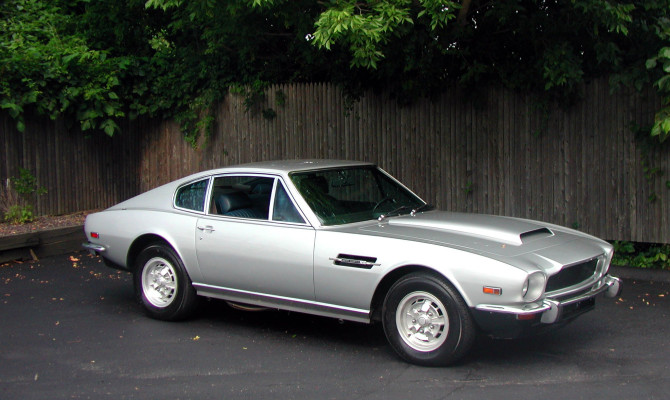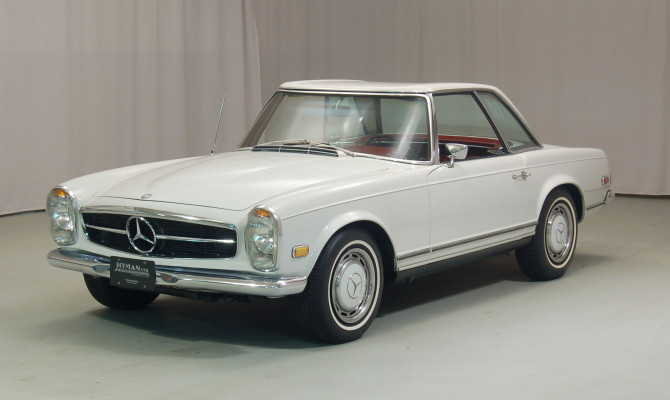“Newer Russian Ladas, Czech-made Skodas and the odd newer European nameplate are seen but most of the autos in Cuba are mid-fifties beauties.”
One of the exciting vehicles at the show will be a 1957 Rideau 500, which is extremely rare and equipped with “Merc” attributes.
Like the Dow, the classic car market woke up from its recession-induced hibernation around 2011-12.
But five years ago, it was a different story. If you had picked up a few of the following cars then, you’d likely be sitting on a tidier return than your 401K, and you’d have had a pretty good time driving to the bank. (All prices are in US dollars)
1976-79 Pontiac Trans Am: Whether it’s Gen-Xers’ fond memories of Burt Reynolds in “Smokey and the Bandit” or even Norm McDonald’s hilarious take on him in the “Celebrity Jeopardy” sketch on “Saturday Night Live,” Bandit-era black and gold T/As are smoking hot. A nice Pontiac Trans AM five years ago might have set you back in the high 20s; now it’s the high 30s.
1976-79 Porsche 911 Carrera Turbo: The 911 Turbo stuck a big middle finger up at the Malaise Era. When other cars were suffering from emission-control strangulation and low horsepower, the 911Turbo sucked the doors off everything you could buy new and most 1960s muscle as well. Inexplicably cheap for years, they’ve taken a massive jump, a gain of nearly $100,000 in the last five years. Name a stock with that kind of return.
1977-79 Aston Martin V8 Vantage: For years these cars were pooh-poohed as “British Mustangs” and they lived in the shadow of the DB5, the Aston that Sean Connery made famous as 007. But the next generation of collectors has evidently taken quite a shine to them. A V8 Vantage that might have cost under $70,000 five years ago will now set you back closer to $150,000.
1988-91 BMW M3: The first-generation M3 (known internally as the E30) was a raw, edgy little beast with a highly tuned four-cylinder engine. The M3 has grown up since then, with first six- and then eight-cylinder power, but many purists love the competition breeding that oozes from every pore of the original M3. Cars that could be bought five years ago for well under $20,000 are now well over $40,000.
1968-71 Mercedes-Benz 280SL: This series of SL, known to fans as the “Pagoda” SL for its tapered pagoda-like hard top, is the epitome of understated German elegance. And with the rise of its predecessor the 300SL in the market, many collectors started to turn to the 280SL or its earlier iterations, the 230 and 250SL. They’re beautifully built and lovely cars that have nearly doubled in value over the last five years.
Rob Sass writes for Hagerty Insurance. Hagerty is the world’s leading specialist provider of classic car and boat insurance. Learn more at hagerty.ca.
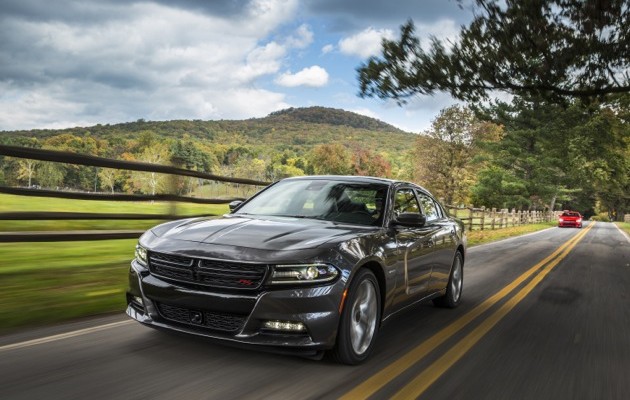
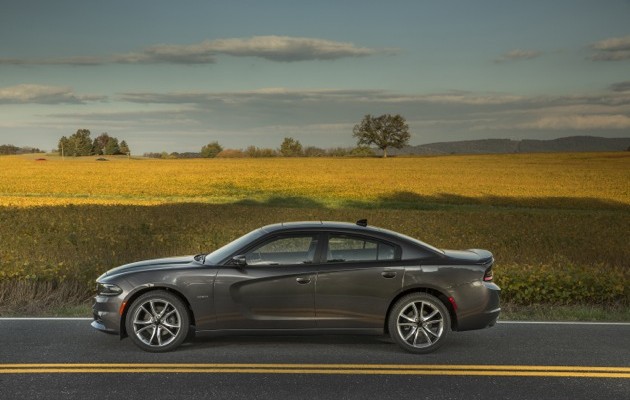
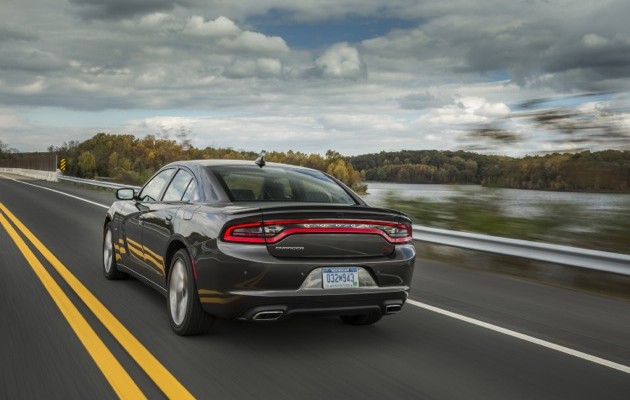
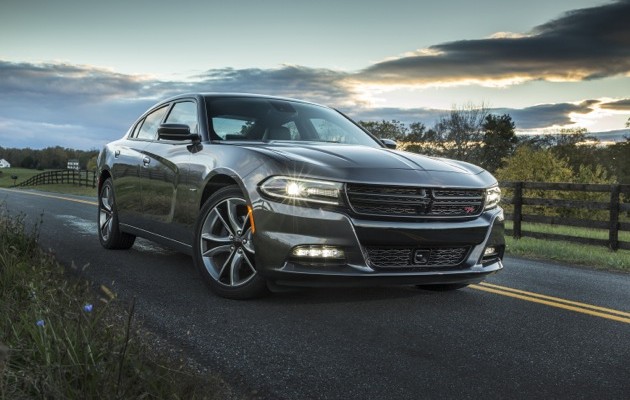
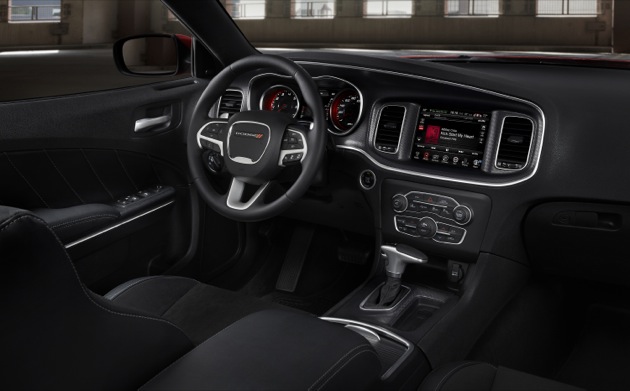
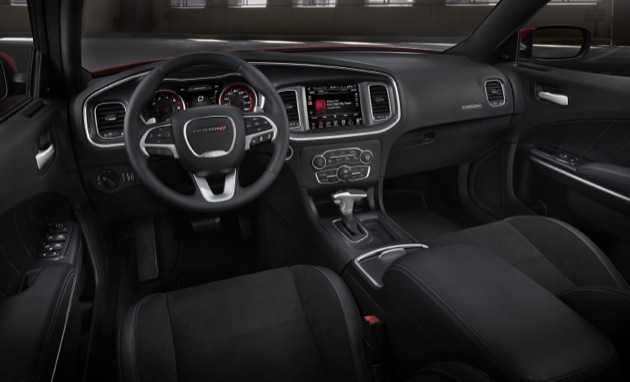
It’s about 40 years since I drove a Dodge Charger, a 1969 version of the legendary muscle car. (more…)
“Hagerty Price Guide shows the values of 1970s Cadillacs to be up 25 percent in just the last three months.”
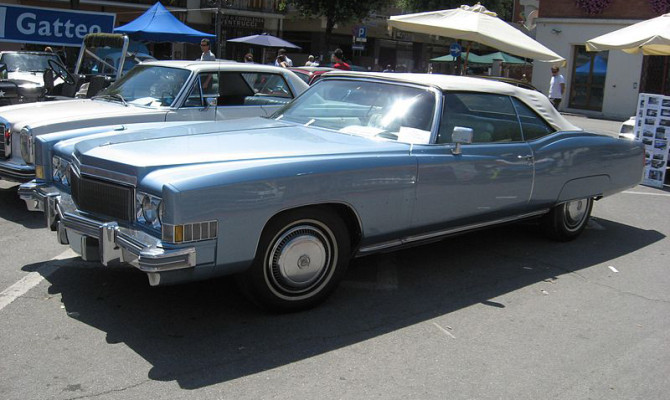
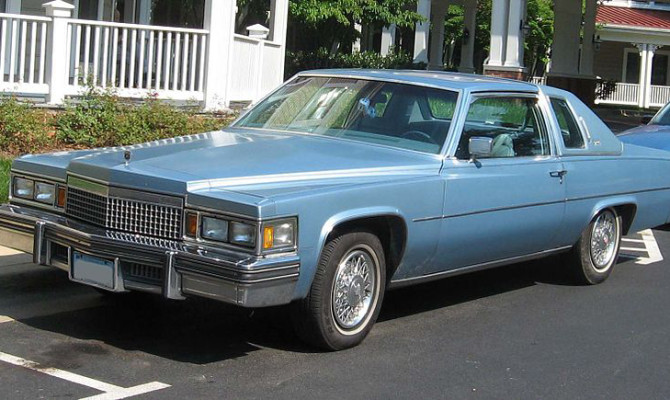
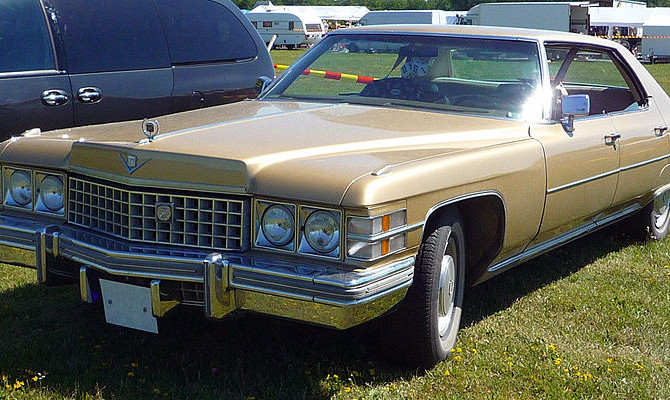
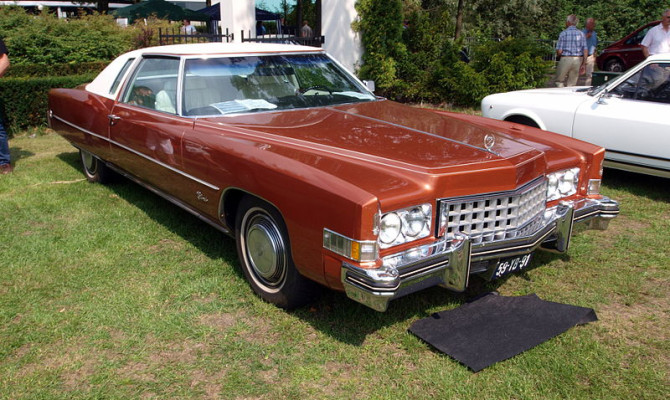
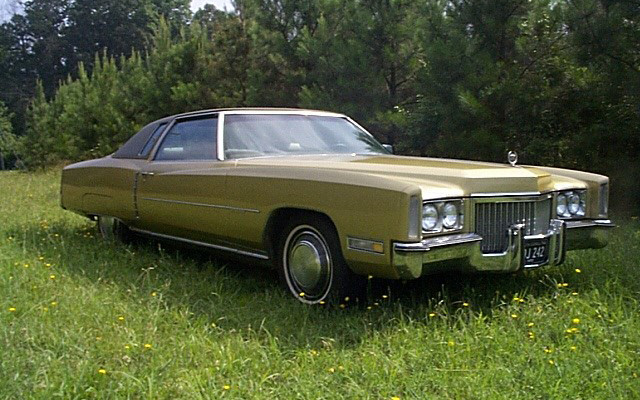
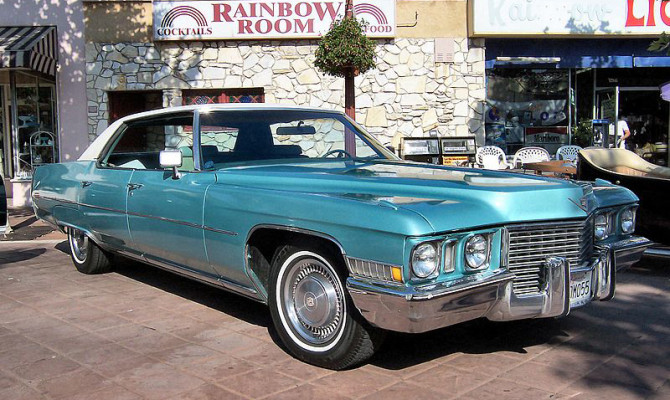
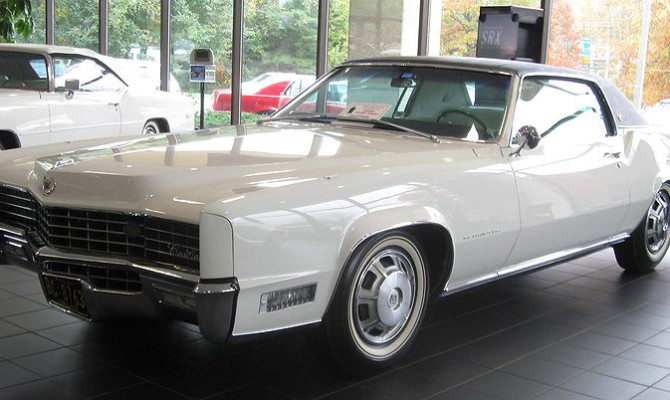
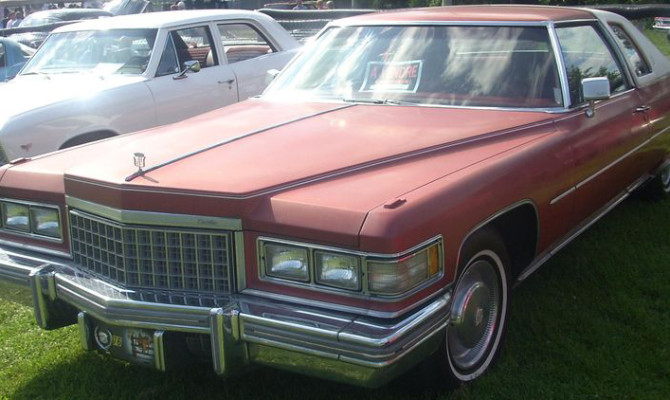
It’s well known that men of a certain age have an insatiable appetite for Martin Scorsese films.
Few films lend themselves to repeated viewings like the modern classics Goodfellas and Casino. As Gen-Xers (who make up much of the fanbase of 1990s Scorsese films) start to come into some real disposable income, a good number of them seem to have been inspired to collect the cars of their favorite unsavory screen characters – guys with names like Ace Rothstein, Nicky Santoro, Paul Cicero and Johnny Roastbeef. Call it the “Goodfellas Effect” if you want, but the Hagerty Price Guide shows the values of 1970s Cadillacs to be up 25 per cent in just the last three months. Here are four favorites:
The 1967 Eldorado was the second shoe that GM dropped after the magnificent 1966 Oldsmobile Toronado. Another big GM front-wheel-drive car with fantastic styling, many of its styling cues — particularly the knife-edged rear end treatment — still show up on today’s Cadillacs. Not surprisingly, ’67 Eldos are particularly menacing in black. Although Robert De Niro’s “Casino” character Sam “Ace” Rothstein was fond of newer Eldos, several of the gorgeous older cars show up in the background of the film.
1971-78 Cadillac Eldorado
The 1967-70 Eldo was a paragon of Bill Mitchell good taste. Let’s just say that the 1971-78 Eldo was a bit more Superfly than Don Draper. Still, with its massive 500-cubic-inch V-8, this was a car with more presence than Big Paul Castellano. They’re all over the film “Casino,” as they were in real life in 1970s Vegas. It’s hard not to start humming Tony Bennett’s “Rags to Riches” when you see one.
1971-76 Cadillac DeVille
At a tick over 19 feet long, the 1971-76 DeVille was one of the largest cars of the decade in exterior dimensions and the largest in terms of interior volume. Trunk size was off the charts — just the thing for “The Simpsons’” resident goodfella “Fat Tony” (voiced by the great Joe Mantegna) to transport his suspiciously body bag-shaped “yard trimmings.” The full-size DeVille was available with an equally massive 500-cubic-inch Cadillac V-8 (incidentally, that’s 0.6 cubic inches for each time the f-bomb was dropped in “Goodfellas”). Not surprisingly, many of these cars were assembled in North Jersey at the Linden Cadillac assembly plant, a stone’s throw from Fort Lee, where part of “Goodfellas” was filmed.
1977-86 Cadillac DeVille
While the DeVille was significantly downsized for 1977, it lost none of its swagger and appeal. The initial engine offered still displaced 425 cubic inches and somewhat amusingly, the “yard trimming” capacity went up when the trunk size actually increased. A Coupe de Ville (hot pink with a white vinyl top) led to the demise of Johnny Roastbeef and his wife in “Goodfellas” when Johnny ignored Robert De Niro character Jimmy Conway’s direction not to do anything flashy with the Lufthansa heist money. The window sticker was still on it when Johnny took his last ride
Rob Sass writes for Hagerty Insurance. Hagerty is the world’s leading specialist provider of classic car and boat insurance. Learn more at hagerty.ca.
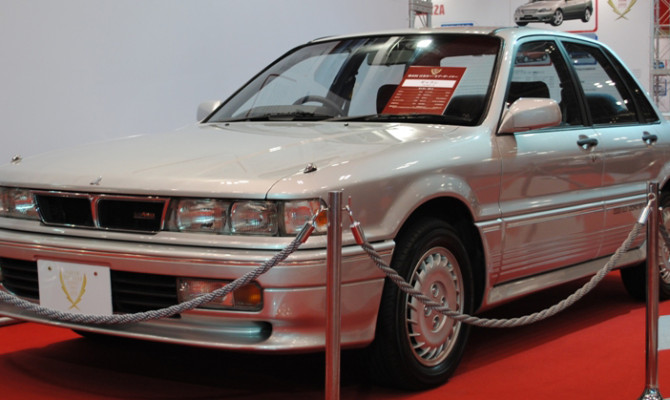
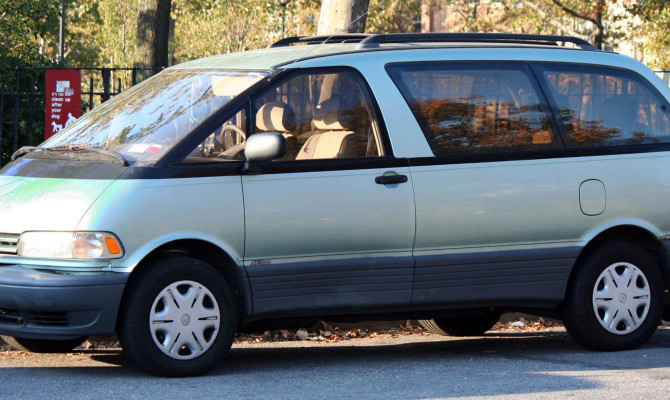
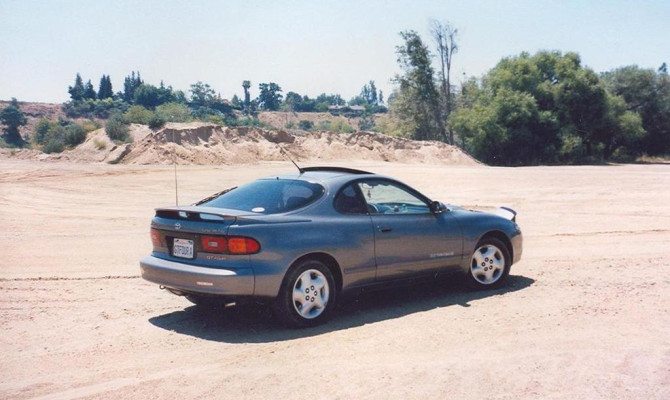
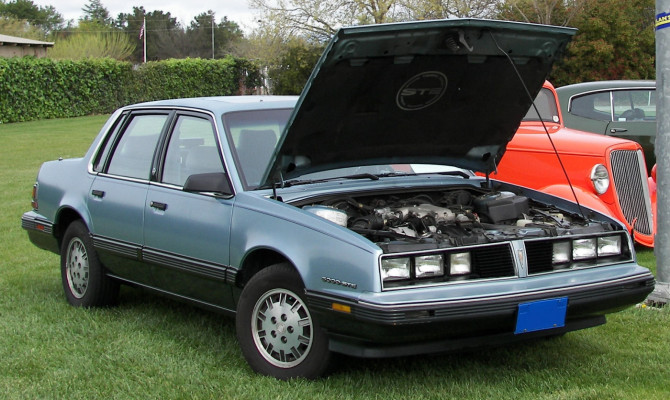
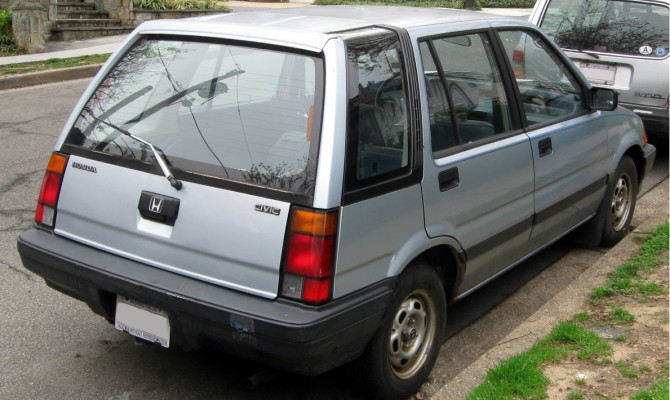
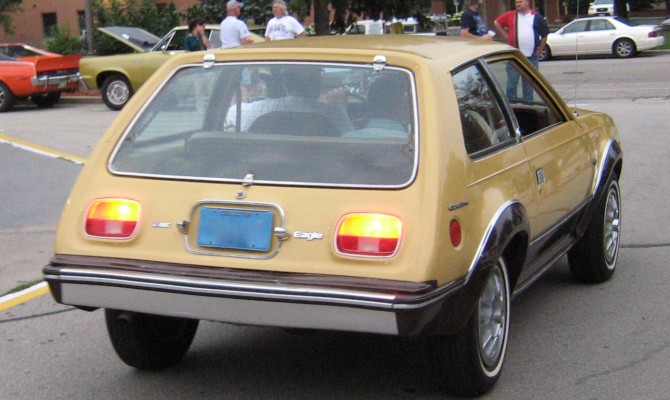
by Matt Lewis, Driveway
With winter still hitting some northern regions of the country, it seems only right to highlight some of the lesser-known AWD vehicles from our automotive past.
Completely by accident, this list starts with attractive vehicles, and it is downhill from there!
Toyota Celica GT-Four All-Trac Turbo
One of my favorite lesser-known AWD vehicles, the Toyota Celica GT-Four All-Trac Turbo, was not only attractive but packed a punch compared to the standard Celica seen in many high school parking lots. The intercooled turbo four-cylinder engine was capable of producing over 200 hp and 200 lb-ft. Plenty of power for helping you through some snow drifts on your way to work, or getting air over some crests in a rally stage.
Mitsubishi Galant VR-4
Sitting on top of the Galant line, this Evolution predecessor was limited in the USDM to only 3,000 units reaching our shore from 1991-1992. Any owner of the Galant VR-4 will proudly show you the production number plate on the dash. While the stock 237 hp from the factory is nothing to be ashamed of, the tuner favorite 4G63T engine is capable of making this an alarming sleeper car.
Honda Civic Wagovan AWD
I don’t know which I love more — the prospect of an AWD Civic (I’m a fan) or the fact that they named this the Wagovan. While you won’t be passing any other car on this list while driving one, you will get a fair number of people commenting, “I’ve never seen one of these.”
AMC Eagle Kammback
Any list of odd AWD vehicles is going to include the Eagle wagon. But if you want to get even weirder, here is the Kammback. Utilizing the aerodynamics derived from Wunibald Kamm, the Eagle Kammback was available for two whole years. AMC dropped the Kammback in 1983 due to slow sales after only 6,123 made it to the streets.
Toyota Previa S/C AWD
Okay, this is not a car, it’s a van but it’s undeniably cool. Toyota decided to produce a jellybean, then super charge it and push the power to all four wheels. The Roots-type supercharger provided 6psi through the air-to-air intercooler pushing the 2.4-litre four cylinder to an “impressive” 160 hp.
Pontiac 6000 STE AWD
For a whole two years Pontiac offered the 6000 STE that could turn all four wheels. The standard 3.1-litre V-6 had 135 hp. Not a crazy amount, but still enough to get you down the road in 1988. With hopes to compete with BMW and Audi, the Special Touring Edition fell short in multiple categories.
*Matt Lewis writes for Hagerty Insurance. Hagerty is the world’s leading specialist provider of classic car and boat insurance. Learn more at hagerty.ca.
“Low mileage first generation Miatas amazingly still trade for under 10 grand in its 25th year; it’s doubtful those prices will hold steady for its 50th.”
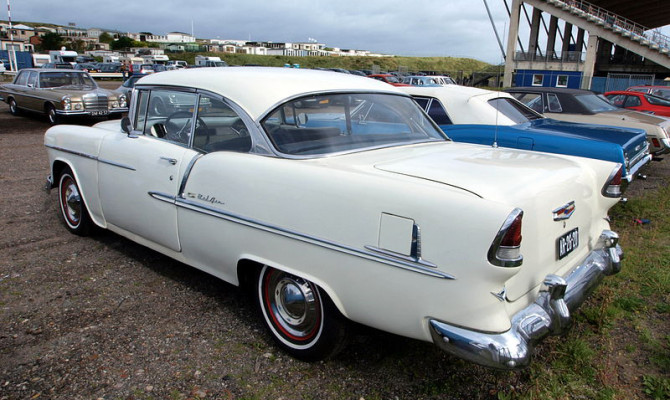
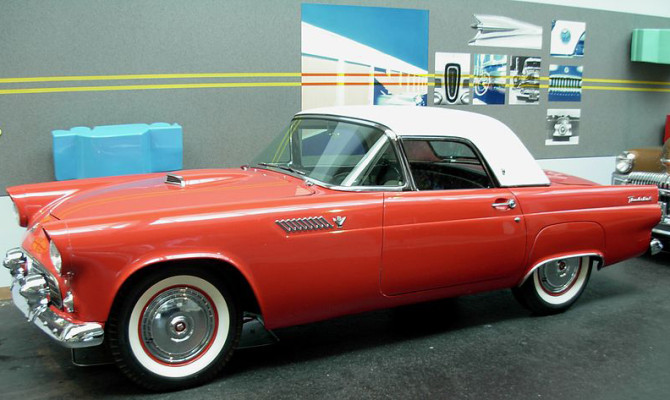
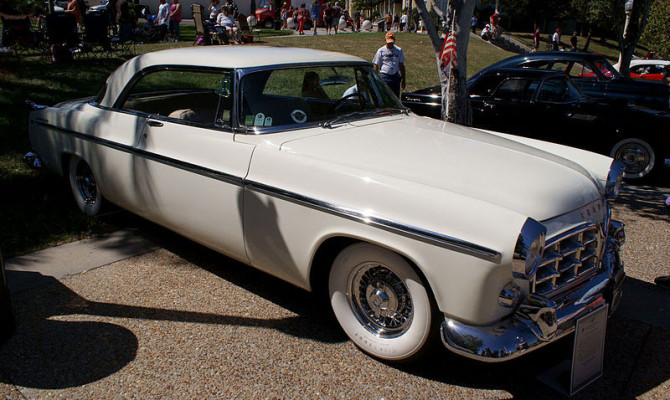
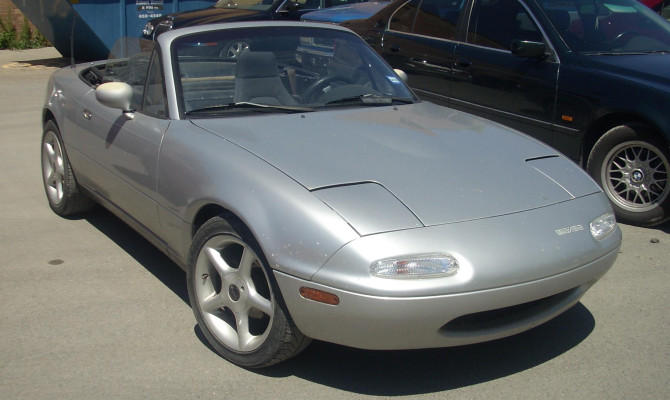
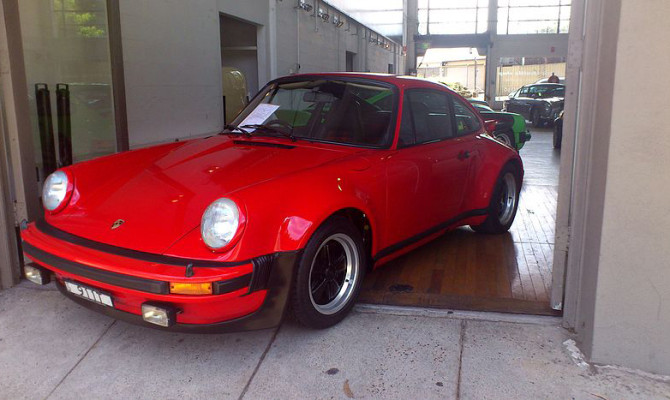
2015 follows 2014 and 2013 as particularly rich years for automotive milestones – here are five automotive anniversaries.
1955 Ford Thunderbird: The Corvette may have been the first post-war American two-seater from one of the Big Three, but it was the Thunderbird that was the most popular. In fact, after a disappointing first two model years, Chevy was considering killing the Corvette until the runaway popularity of the 1955 T-Bird made them reconsider. Made famous in George Lucas’ film, “American Graffiti,” the 1955-57 two-seater “baby birds” remain the most collectible T-Birds. Happy 60th.
1955 Chevrolet Bel Air: The 1955-57 Bel Air is probably the quintessential American collectible car, and it introduced another American milestone — the Chevy small-block V-8. The brainchild of Chevrolet chief engineer Ed Cole, the small block was relatively light, easy to service and expandable — from its original 265 cubic inches up to the ubiquitous 350 and beyond. The Bel Air was just the car to showcase the new overhead-valve V-8.
Mazda Miata: This one makes a lot of us feel old: The Miata is 25. Introduced in late 1989 as a 1990 model, for all intents and purposes, it was a British roadster that wouldn’t leak oil in your garage, or decide not to start below freezing or spontaneously set its dash on fire (not necessarily in that order). Mazda took all the good that we remember from British roadsters (they allegedly dissected several of one of the best, the Lotus Elan) — from sharp handling to a smooth short-throw gearbox — and added five speeds a modern twin-cam engine as well as a beautifully designed manual convertible top. Low mileage first generation Miatas amazingly still trade for under 10 grand in its 25th year; it’s doubtful those prices will hold steady for its 50th.
1955 Chrysler 300: The first of the “letter series” 300s was originally just known as the “300,” although it was succeeded by the 300B, 300C, etc. A gorgeous pillarless coupe that was really only built to go racing in NASCAR, it was powered by a 331-cubic-inch Hemi V-8 and was capable of nearly 130 mph, an amazing figure for the day. Just a few more than 1,700 were built, but it was the inspiration for the sensational sedan introduced by Chrysler in 2005. Happy 60th to the original 300 and happy 10th to the reboot.
1975 Porsche 911 Turbo: The mid-1970s were the dark ages of automotive performance, taking on the moniker “The Malaise Era,” which is known for low compression, emission controls and generally excruciating dullness. The Germans didn’t get that memo and, building on years of racing experience using exhaust-driven turbochargers, Porsche introduced the outlandish 911 Turbo Carrera, otherwise known by the internal project number “930.” Porsche used nearly as crude a setup as the turbo employed by the Corvair a decade earlier, and early 930s were very much an on-off proposition with turbo lag aplenty. But with 0-60 times of around five seconds, the 930 would put most muscle cars to shame. Many owners got caught by surprise by boost coming on while entering a corner — lift off the gas or brake and the rear-engine weight bias plus physics would take care of the rest. A fair number of dentists and pro athletes wrapped 930s around trees. The 40th anniversary has been preceded by a dramatic upswing in 930 prices.
Rob Sass is the vice-president of content for Hagerty Insurance. Hagerty is the world’s leading specialist provider of classic car and boat insurance. Learn more at hagerty.ca.
“Chevrolet certainly had an interesting way of celebrating the Camaro’s birthday – they killed it at age thirty-five.”
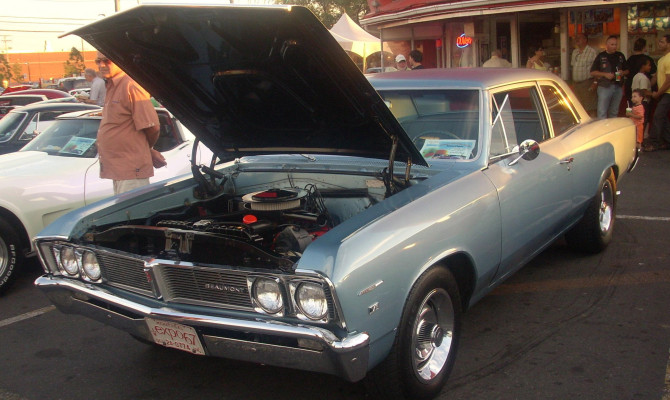
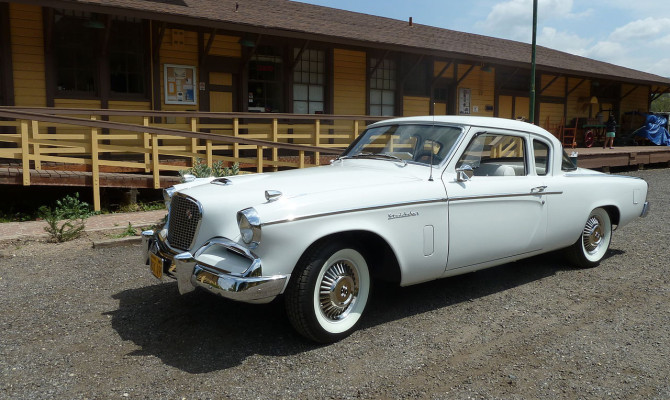
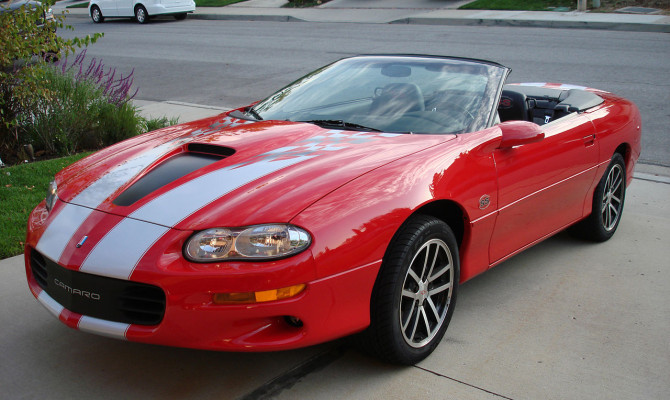
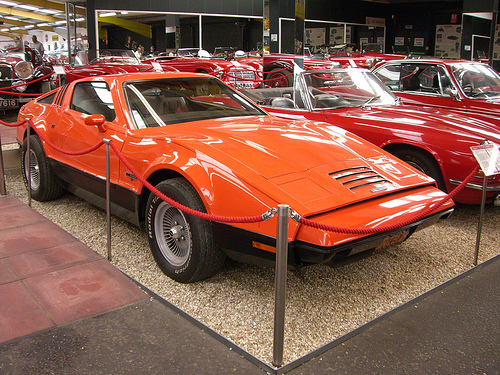
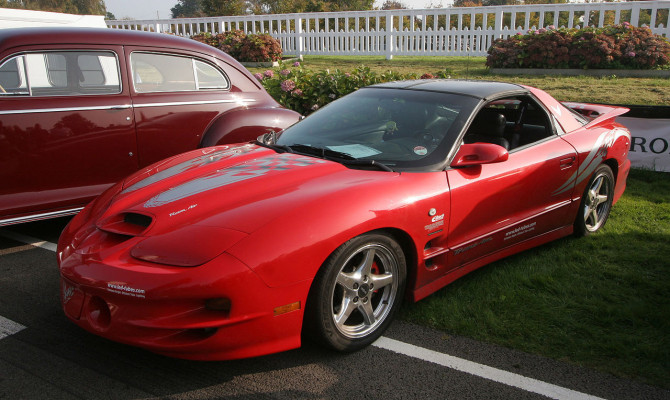
Canada has an automotive heritage every bit as rich as that of the United States. Some extraordinarily interesting collectible cars have been produced here over the years.
These are five favourites:
- 1965 Acadian Beaumont Sport Deluxe – Similar to the American Chevrolet Chevelle, the Beaumont Sport Deluxe followed the original muscle car formula of the Pontiac GTO by stuffing the most powerful engine readily available into the smallest body. Only twenty-three were built with the potent L79 327 cubic inch, 350 hp engine option. All were built in GM’s Oshawa, ON plant.
- 1974-75 Bricklin SV-1 – The Bricklin was a gullwing door sports car that was built in what was then a relatively under-employed part of New Brunswick. Generous tax-incentives were paid out of the provincial coffers to get Malcolm Bricklin to locate his factory there. If it all sounds familiar, it should, this was essentially the DeLorean story played out seven years earlier in Canada rather than Northern Ireland. Sadly, it ended much the same way with not even two years of production of the Bricklin “safety sports car” before the whole operation folded up owing the government of New Brunswick over $20 million. Power came from either Ford or AMC V8s.
- 1956 Studebaker Flight Hawk – The Hawk was a particularly fine-looking coupe that was a derivative of the 1953 Robert Bourke/Raymond Loewy Starliner coupe. Oddly, only the 1956 model year base six-cylinder Flight Hawk coupes were built in Canada in Studebaker’s Hamilton, ON plant where the last Studebakers rolled off the line just ten years later in 1966.
- 2002 Pontiac Firebird Trans Am WS6 – Most Americans are blissfully unaware that William Shatner and Michael J. Fox are actually Canadian. They’d likely be equally surprised to find out that one of the most quintessentially American muscle cars was actually Canadian. The last (and some argue the best) Pontiac Trans Am with the WS6 package was assembled alongside its F-body cousin the Chevrolet Camaro in Sainte-Thérèse, Quebec where production had shifted in 1993.
- 2002 Chevrolet Camaro SS 35th Anniversary – Chevrolet certainly had an interesting way of celebrating the Camaro’s birthday – they killed it at age thirty-five. The SS shared the Corvette-derived LS6 powerplant with the above-mentioned Trans Am WS6. In its convertible form, it is quite collectible. After F-body production ended in 2002, GM closed the plant, which was the last GM plant operating outside of Ontario.
Rob Sass is the vice-president of content for Hagerty Insurance. Hagerty is the world’s leading specialist provider of classic car and boat insurance. Learn more at hagerty.ca.
“The theory behind the ‘his-and-hers’ shifter was women wouldn’t want to be bothered by changing gears while driving!”
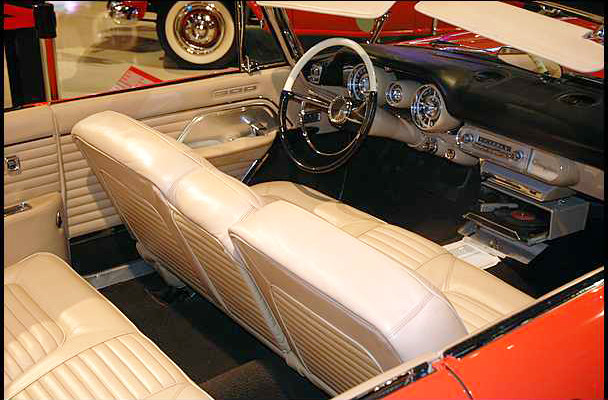
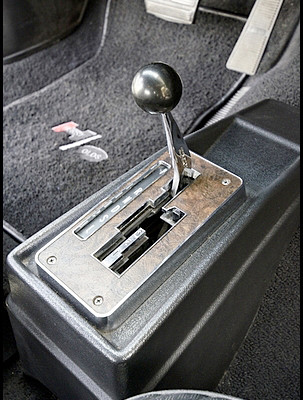
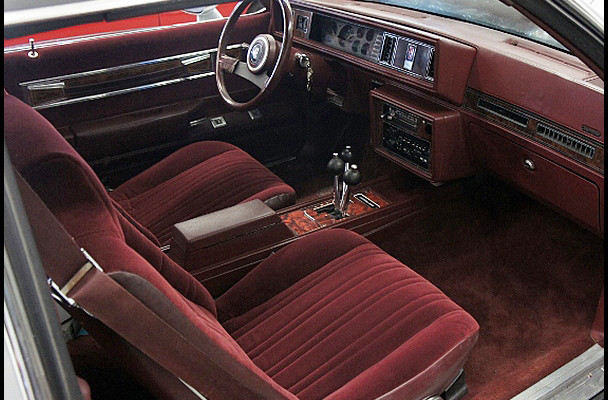
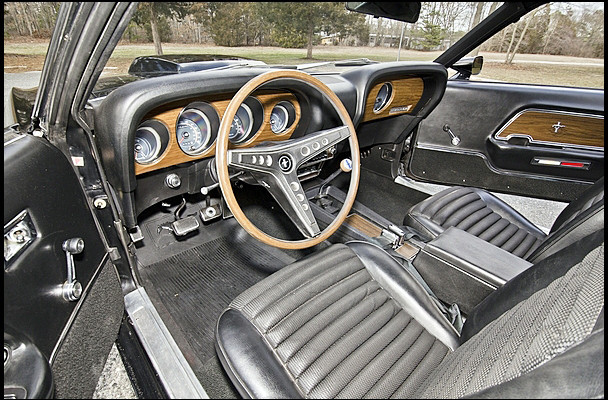
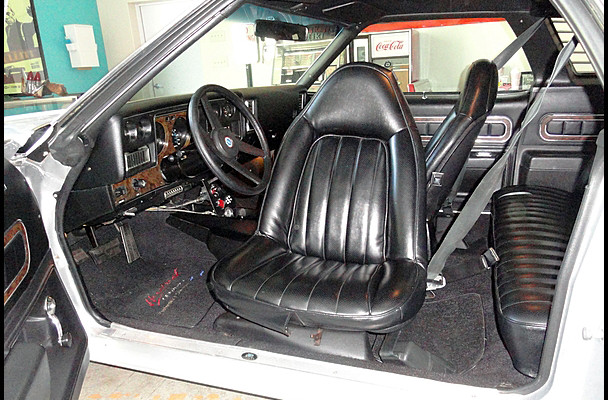
by Matt Lewis
Anyone who has purchased a car has faced an overwhelming list of features on the window sticker.
Over the years, there have been some imaginative features offered right from the dealership. Here are five of the more ‘interesting” examples.
Lightning Rods Shifter – 1984 Oldsmobile Hurst
The perfect option for any automotive enthusiast who just can’t get enough levers, the Lightning Rods shifter walks a very strange line between a typical automatic and a full ratchet shifter. As goofy as it may look, Lightning Rods have no problem putting the power to the ground.
Swivel Seats – 1975 Chevrolet Laguna S3
It’s a wonder that more cars weren’t offered with swivelling seats, seeing as those troublesome stationary seats are always such a bother to get in and out of. While the swivel seat was designed for easy egress, an added benefit is that your vinyl won’t wear out nearly as quickly.
Highway Hi-Fi record player – 1957 Chrysler 300
The Highway Hi-Fi did its best to stop the needle scratching your precious 45s. Not only is there a generous amount of suspension built into the record player, but the pressure placed on the needle was known to prematurely wear records out.
Rim Blow Steering Wheel – 1969 Ford Mustang Boss 429
In a time before road rage, Ford, AMC, Chrysler, and GM all thought it would be much better to get rid of the pesky horn button and just have drivers squeeze the wheel. One major defect of the Rim Blow was shrinkage, which caused the horn to sound all the time!
‘His-and-Hers’ Shifter (Hurst Dual/Gate) – 1969 Oldsmobile Hurst 442
One of the more sexist options to be offered on a car (to date), the Hurst Dual/Gate shifter was branded as the “His and Hers” shifter. The theory behind the ‘his-and-hers’ shifter was women wouldn’t want to be bothered by changing gears while driving! This option allowed the driver to kick the stick over and access all three gears “manually.”
*Matt Lewis writes for Hagerty Insurance. Hagerty is the world’s leading specialist provider of classic car and boat insurance. Learn more at hagerty.ca and you can email rsass [at] hagerty [dot] com
“Post-war cars that swam against the stream of fins, scoops, chrome and decals and were memorable for their elegant simplicity…”
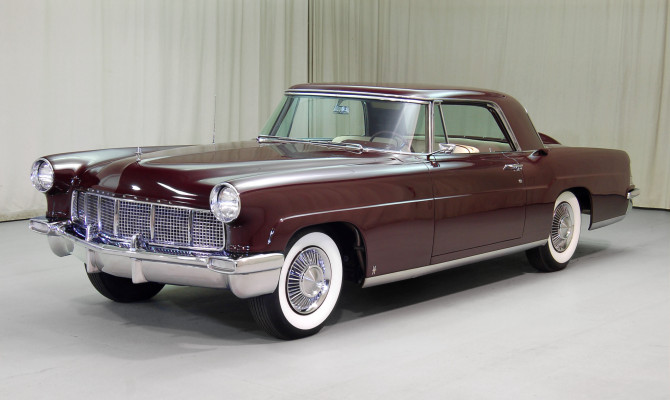
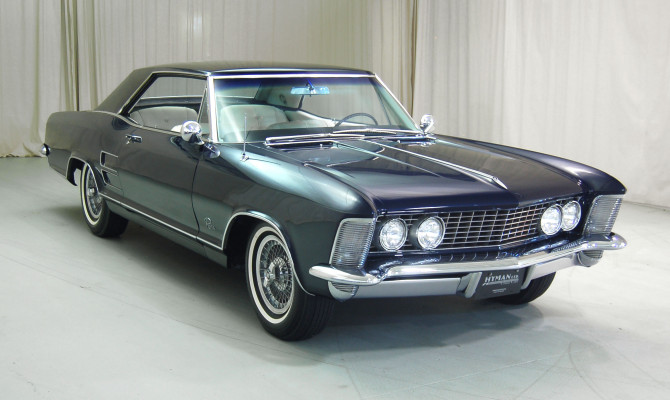
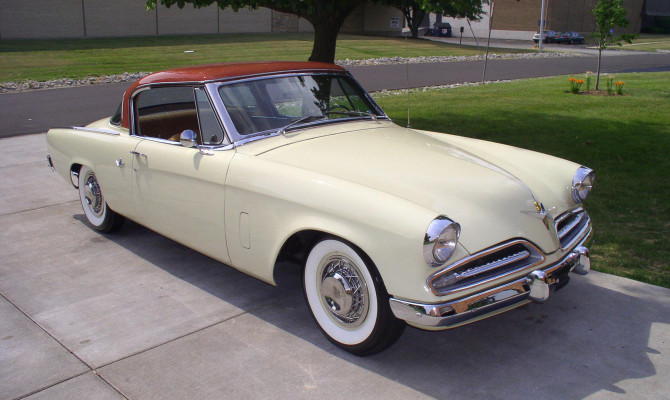
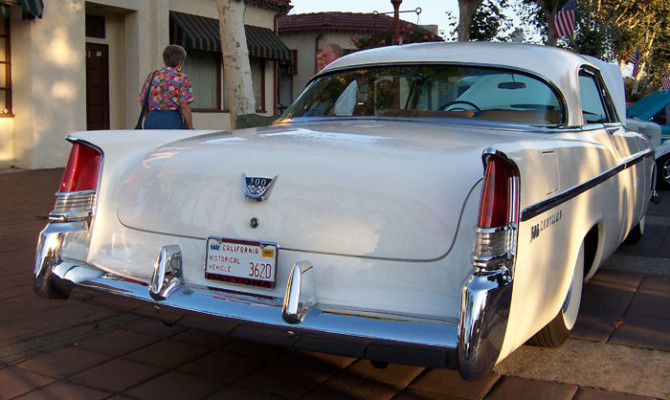
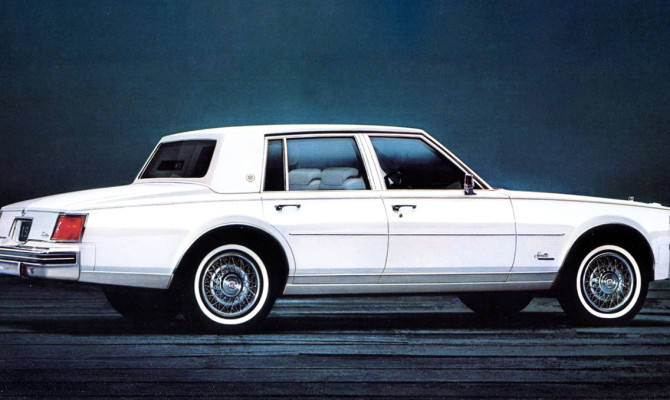
Poet Henry Wadsworth Longfellow famously wrote, “In character, in manner, in style, in all the things, the supreme excellence is simplicity.”
And one could argue that the same is true in automotive design. American car design of the 1950s-1970s was beloved for its flamboyance; here are the best from that bunch of years…
1963-65 Buick Riviera
The 1963 Riviera was the result of GM design head Bill Mitchell’s desire to produce something that was a combination of a Rolls-Royce and a Ferrari. Whether he succeeded in that odd mash-up is debatable, but the 1963-65 Riv was a thing of great elegance and simplicity, particularly the 1965 model with hidden headlamps.
Introduced at the height of Camelot, it was as elegant as Jackie Kennedy.
1956-57 Continental Mk II
The Continental was emphatically not a Lincoln, even though it shared the name of numerous products of that division of the Ford Motor Company. For two brief years, Continental was a division unto itself and the Mk II may well have been the most elegant post-war car built in America. Costing the then-unheard-of sum of $10,000 (the equivalent of almost $87,000 in today’s money), the care and craftsmanship that went into each car ensured that Ford still lost money on each one.
Elvis, Frank Sinatra and Elizabeth Taylor were all Continental owners.
1953 Studebaker Regal Starlight coupe
Famous industrial designer Raymond Loewy put together a team of talented designers that included Robert Bourke to design a car like no other of the 1950s. Low, sleek and incredibly elegant, the Regal Starlight is largely forgotten today by all but the most diehard car collectors and fans of the long-defunct Studebaker Corporation of South Bend, Indiana.
1975-79 Cadillac Seville
In a decade not necessarily known for elegance (heaven knows how many high school kids rode to prom in dad’s Seville wearing powder blue polyester tuxedos), the Seville stood out against the odds as a particularly elegant design. Not only was it handicapped by being a product of the 1970s, but it was the first time that a substantial number of Chevrolet components were used in a Cadillac (it shared the same underpinnings as the Nova). But this was no Cimarron. The first-generation Seville was elegant, restrained and every bit a Cadillac. Although it was the smallest car in the lineup, it was the most expensive and it looked the part.
1956 Chrysler 300B
The first of the 300 “letter-series” (the 1955 C-300 was never actually called the “300A”), it was probably the prettiest Mopar design of the 1950s. Its pillarless hardtop design and restrained use of chrome were wildly inconsistent with the over-the-top performance that the car was capable of delivering from its 355-hp, 354-cubic-inch Hemi V-8. It terrorized NASCAR back in the day.
Rob Sass is the vice-president of content for Hagerty Insurance. Hagerty is the world’s leading specialist provider of classic car and boat insurance. Learn more at hagerty.ca
Recent Comments
- { Enjoyed your Forest of Bowland in the BMW X5M, particularly the photo of the BMW in front of the main part of Stonyhurst College where... }
- { Bantam designed the Jeep, not Willy's or Ford. The American military gave the original Bantam prototype to Willys and Ford to copy. There is plenty... }
- { All Escalades come with a 6.2-lilter V8 engine that produces 420 horsepower. A six-speed automatic is the only transmission offered and drives the rear wheels.... }
- { Alexandra is an excellent journalist. }
Popular Posts
- Journey to a ‘Sparkling’ Luxury Okanagan Resort “Four lucky readers will put a Dodge Journey’s weekend-...
- The Need For Speed: Hike Those Highway Limits More than half of those polled believe the province sho...
- Drives-U-Crazy… Erratic drivers. An early morning drive from Kelowna to Vancouver is nor...
- Readers Respond: The Pros and Cons of Increasing B.C. Speed Limits Increasing the speed limits will only increase risk to...
- Honda CR-V Review: The Compact Crossover To Get Things Done The CRV is a very stylish and aerodynamic crossover veh...


